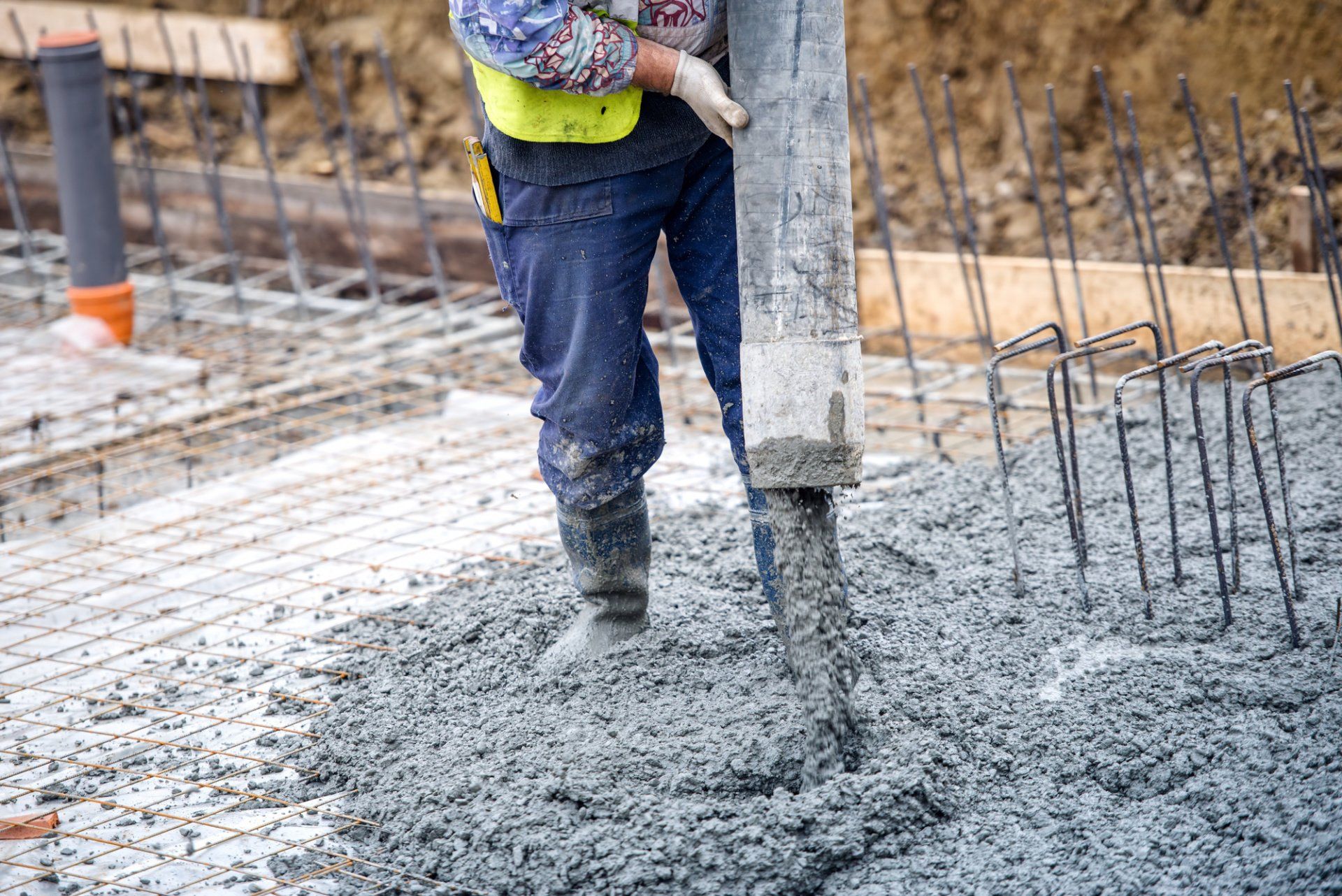Have you ever wondered how skyscrapers stay up, or how bridges don't collapse under the weight of traffic? How do these structures withstand earthquakes and high winds? That's the job of a structural engineer.
What is a structural engineer?
A structural engineer analyzes and designs the structural support systems of buildings and other large structures, such as bridges and dams. They are responsible for ensuring the structural integrity of these structures.
To do this, structural engineers must have a thorough understanding of mathematics, physics, and engineering principles. They must also be able to apply this knowledge to the specific requirements of each project
Structural engineers typically work for engineering firms or construction companies. They may also work for government agencies, universities, or architectural firms, where they are responsible for designing the structural elements of buildings.
What does a structural engineer do?
A structural engineer typically starts by studying the requirements of the project. They will then design a structure that meets those requirements, while also taking into account the limitations of the materials and construction methods available. The structural engineer will also need to take into account any environmental factors that could affect the structure, such as wind or earthquakes.
Once the design is complete, the structural engineer will work with the architect and contractors to ensure that the structure is built correctly and safely. They may also be responsible for inspecting and maintaining the structure once it is completed.
Structural engineers use a variety of tools and techniques to assess the strength and safety of a structure. One common tool is the finite element method, which allows them to model the behaviour of a structure under various loads. This information can then be used to determine what, if any, modifications need to be made to ensure the safety of the structure.
Another important part of structural engineering is safety assessment. This involves evaluating a structure to determine how it will respond in the event of an emergency, such as a fire or earthquake. This information can be used to help plan for and evacuate people from a building in the event of an emergency.
What can I expect from a structural engineer?
When you hire a structural engineer, you can expect them to deliver a safe and structurally sound building, home, or other structure. Structural engineers work with you to understand your needs and constraints, and they will ensure that your structure meets all applicable codes and regulations.
Structural engineers will take into account all the required standards and design a structure that is both feasible and effective. A structural engineer will also work with the architect and contractor to ensure that the structure is built correctly and safely. They may also be responsible for inspecting and maintaining the structure once it is completed.
What are some common structures designed by a structural engineer?
Structural engineers are responsible for the design of many common structures that we see every day, including bridges, dams, and skyscrapers. While their designs may vary depending on the specific project, there are a few common structural features that are often used in order to make a structure more stable and durable.
One common structural feature is the use of arches. Arches are curved shapes that can be used to support a structure's weight by distributing it evenly across its surface. This makes them ideal for supporting heavy loads, such as those found in bridges and dams.
Another common feature is the use of beams. Beams are horizontal or vertical members that are used to support the weight of a structure. They can be made from a variety of materials, such as steel or concrete, and can be used in a variety of configurations depending on the needs of the project.
Finally, structural engineers often use columns to support a structure's weight. Columns are vertical members that are typically placed near the edges of a structure in order to provide stability. They can also be made from a variety of materials depending on the needs of the project.
What are some common challenges faced by a structural engineer?
One of the common challenges faced by a structural engineer at a construction site is ensuring that a structure is able to withstand wind loads. Wind can cause a structure to become unstable and collapse. In order to counteract the effects of wind, a structural engineer may need to add bracing or reinforcements to a structure.
Another common challenge faced by a structural engineer is ensuring that a structure can support its own weight. A structure that is not able to support its own weight may collapse under its own weight. In order to prevent this, a structural engineer must ensure that the foundation of a structure is sturdy and able to support the weight of the structure.
A structural engineer must also take into account the seismic activity in an area when designing a structure. A structure that is not designed to withstand seismic activity may collapse during an earthquake.
A structural engineer must also be aware of the limitations of materials when designing a structure. If a material is not strong enough to support the loads that will be placed on it, the structure may collapse.
In order to overcome these challenges, a structural engineer must have a comprehensive understanding of physics and math. They must also have experience designing building structures that are able to withstand wind loads, seismic activity, and the weight of the structure.
What is the difference between a structural and civil engineer?
Structural engineers and civil engineers are both highly skilled professionals, but they have different areas of focus. A structural engineer is responsible for the design and construction of buildings and other large structures, while civil engineers are responsible for the design and construction of roads, bridges, and other public infrastructure.
One of the main differences between these two types of engineers is their level of expertise in dealing with materials. A structural engineer typically has a background in metalworking and welding, while civil engineers typically have a background in concrete work. This difference in expertise leads to different areas of focus for each type of engineer.
A structural engineer is mainly concerned with making sure that the structure they are designing is strong and stable, while civil engineers are mainly concerned with making sure that the structure is able to withstand the loads it will be subjected to. In general, a structural engineer is responsible for the overall design of a structure, while civil engineers is responsible for specific elements of the design, such as the foundation or the road surface.
To sum it up, civil engineers typically deal with the design and construction of public works projects, such as bridges, roads, and dams. A structural engineer specializes in the design of structures that support or resist loads, such as buildings and bridges. Structural engineers may also be involved in the design of tunnels, dams, and other large-scale projects.
Both types of engineers are essential for designing and constructing safe and functional structures, but their areas of focus can vary widely depending on their level of expertise and experience. So if you're planning on hiring an engineer for your project, be sure to clarify what type of engineer you need and what their area of focus will be. You can easily find both in a
civil engineering firm.
Do I need a professional engineer for a new house build?
When it comes to home projects, a structural engineer can be a valuable asset. There are many reasons why hiring a structural engineer is a good idea for home projects:
- Safety: A structural engineer can ensure that your project is safe. They will analyze the structure of your home and identify any potential risks.
- Compliance with Codes: Most jurisdictions have building codes that must be followed when completing a home project. A structural engineer can help ensure that your project complies with all applicable codes.
- Expertise: A structural engineer has extensive training in the analysis and design of structures. Their knowledge in structural analysis and design can be invaluable when undertaking home building projects.
- Peace of Mind: By hiring a structural engineer, you can rest assured knowing that your project is in good hands. They will take care of everything to ensure the structural integrity of your new house build, ensuring that your project is completed safely and correctly.
Hiring a structural engineer for your home project is a wise decision. They can ensure the safety of your project, help you comply with applicable codes, and provide expert knowledge and guidance.
How much does it cost to hire a structural engineer?
The cost of hiring a structural engineer can vary depending on the project. According to Houzz, you could spend anywhere between AU$300 to AU$15,000 for the services of a structural engineer in Australia. The cheapest service to get is a building inspection report, while a detailed structural plan could set you back the most, which makes sense considering that the work involved is crucial.
However, most structural engineering firms charge an hourly rate. On average, projects typically cost AU$100 to AU$250 per hour for services rendered.
Some structural engineers may also charge a flat fee for their services. The cost for a structural engineer's time and expertise can be expensive, but it is an investment that can help ensure the safety of your home or business.
Keep in mind that structural engineering is a very specialized field that is part of the larger branch known as civil engineering. This means that the cost of hiring a structural engineer can be worth it, especially if your project is time-sensitive or involves complex structures.
If you’re considering hiring a structural engineer for your next project, be sure to budget appropriately and ask around for recommendations. By doing so, you can ensure that your project goes smoothly and that your structural engineer is up to the task. When it comes to your safety, it is always worth it to invest in the best.
Key takeaways
A structural engineer is a professional who is responsible for the design and safety of structures like buildings, bridges, and dams. They use their knowledge of physics and engineering to ensure that the structures they design can support the weight of people or objects that will be placed on them. Structural engineers often work with architects to create safe, stable designs for new structures, or they may be called in to assess the safety of an existing structure. Thanks to the work of structural engineers, many people today can live and work in buildings that are safe and sturdy.
Need expert structural engineering services in Wollongong?
If you are looking for a qualified structural engineer for your building project in NSW or ACT, let the expert structural engineers at
Davron Engineering take care of it. Whether it's residential, commercial, or industrial, we will work closely with you to provide innovative and practical solutions for your project.
Engineering News and Interesting Facts
Menu
About Us
You can Find us on
Contact Information
Areas Serviced
- Sydney
- Wollongong
- Southern Highlands
- Campbelltown
All Rights Reserved | Davron Engineering Pty Ltd







